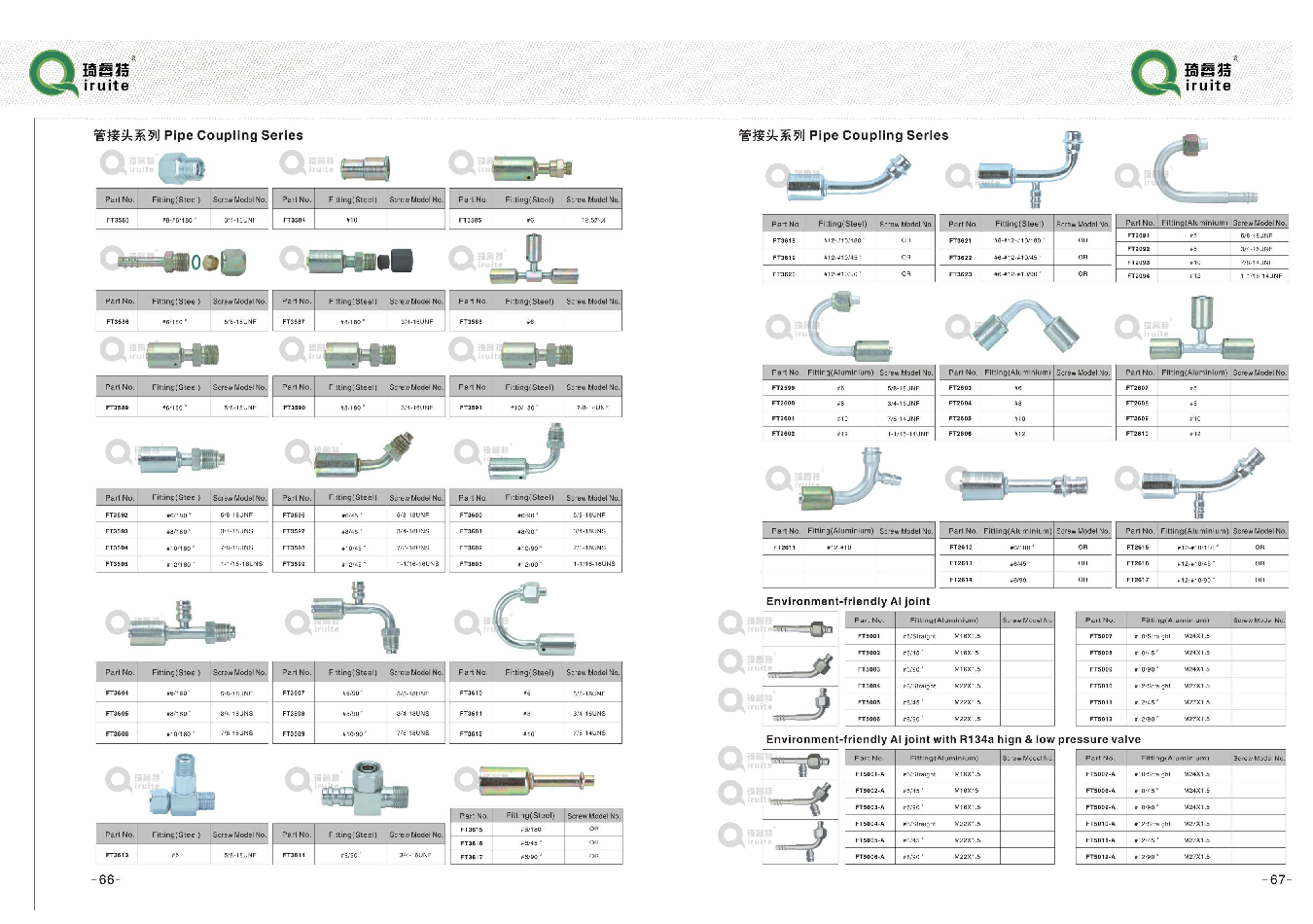what is the difference between 134a and r134a
Understanding the Difference Between 134A and R134A
When it comes to refrigerants, the naming conventions can often lead to confusion, especially regarding substances like 134A and R134A
. Though they may appear similar at first glance, understanding the nuances between these terms is essential for professionals in HVAC and refrigeration industries, as well as for everyday consumers.Firstly, it's important to clarify that R134A is the full designation of the refrigerant, while 134A is simply a shorthand version of the name. The R in R134A denotes that it is a refrigerant, and the number indicates the specific chemical composition and properties of the compound. R134A, or tetrafluoroethane, has been a long-standing choice in the refrigerant market, particularly in automotive air conditioning systems.
One of the significant characteristics of R134A is its chemical formula, which is C2H2F4. This composition highlights that it is a fluorinated compound, containing both carbon and fluorine atoms. R134A is known for its efficiency and effectiveness as a refrigerant. It operates efficiently at a variety of temperatures and pressures, making it suitable for numerous applications, including domestic refrigeration and commercial refrigeration systems in addition to automotive uses.
what is the difference between 134a and r134a

In terms of its environmental impact, R134A was introduced as a replacement for R12 (dichlorodifluoromethane), which has been phased out in many parts of the world due to its ozone-depleting properties. R134A has zero ozone depletion potential (ODP), making it a more environmentally friendly option in comparison to R12. However, it is important to note that R134A does have a global warming potential (GWP) that is significant, which has led to ongoing discussions about its sustainability and future use in light of tightening regulations concerning refrigerants.
Another aspect worth considering is the compatibility of R134A with different systems. When switching from R12 to R134A, it is crucial to ensure that the systems are compatible. R134A requires different oil types (such as polyalkylene glycol (PAG) oil) compared to the mineral oils used with R12, necessitating system retrofitting to ensure optimal performance.
Recent developments have prompted the refrigeration industry to look towards alternative refrigerants with lower GWP, such as HFOs (hydrofluoroolefins) and natural refrigerants. Many new vehicles and appliances are increasingly utilizing these alternatives as they offer more sustainable options without compromising performance.
In conclusion, while 134A and R134A refer to the same refrigerant, it is essential for users and technicians to understand the underlying chemistry and compatibility issues inherent in these substances. As the world moves towards more environmentally sustainable practices, the conversation surrounding R134A and its alternatives remains critical. Awareness of these differences not only helps in making informed decisions in HVAC systems but also contributes to the larger effort of reducing environmental impact in refrigeration technology. As we transition towards greener solutions, staying informed is key.
-
Ultimate Spiral Protection for Hoses & CablesNewsJun.26,2025
-
The Ultimate Quick-Connect Solutions for Every NeedNewsJun.26,2025
-
SAE J1401 Brake Hose: Reliable Choice for Safe BrakingNewsJun.26,2025
-
Reliable J2064 A/C Hoses for Real-World Cooling NeedsNewsJun.26,2025
-
Heavy-Duty Sewer Jetting Hoses Built to LastNewsJun.26,2025
-
Fix Power Steering Tube Leaks Fast – Durable & Affordable SolutionNewsJun.26,2025

